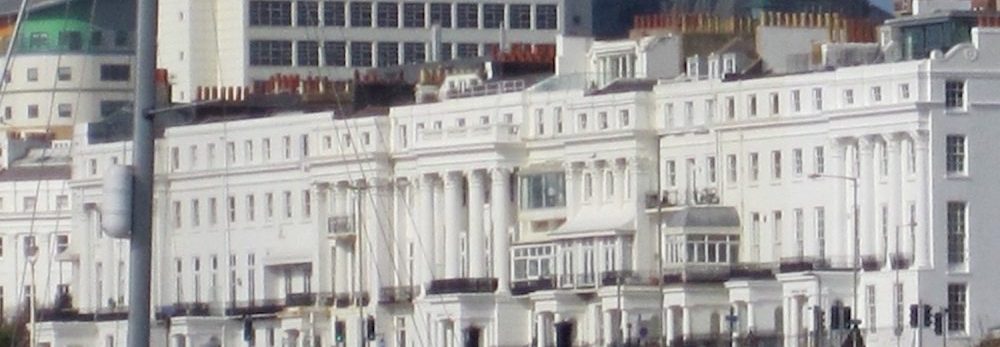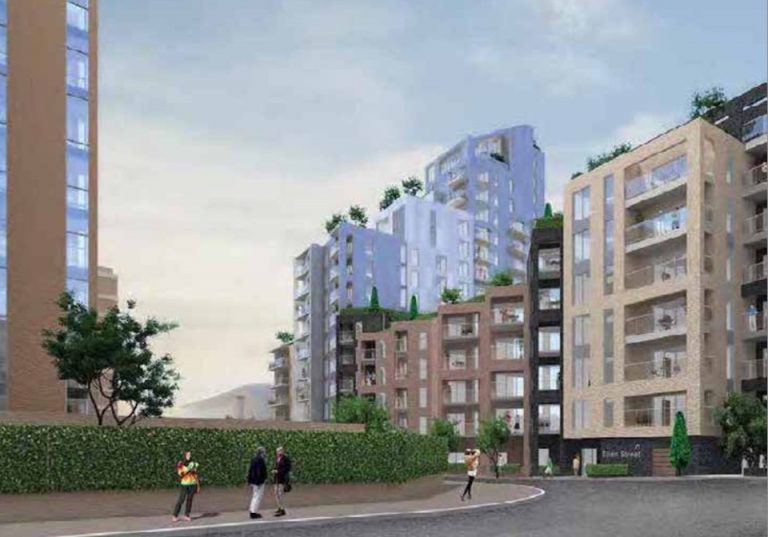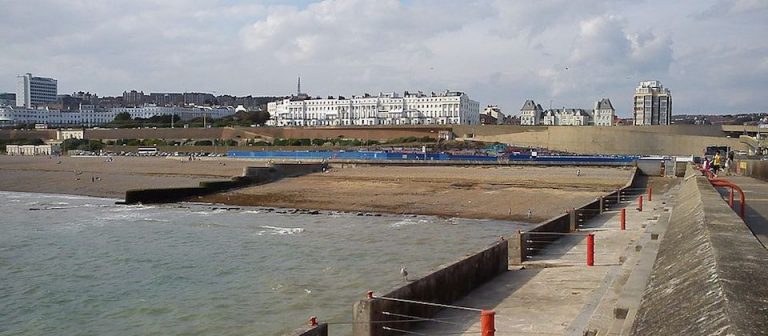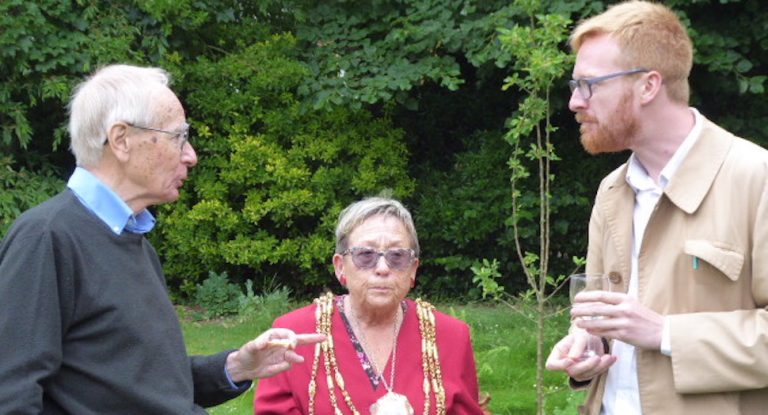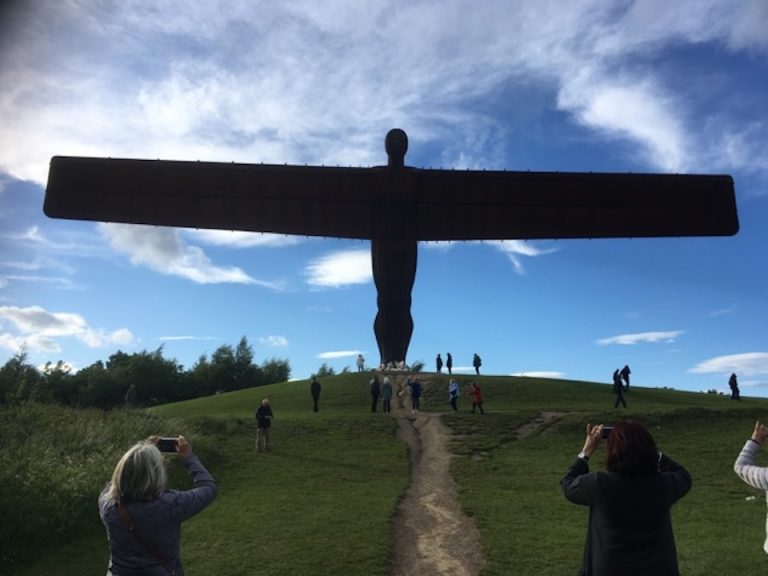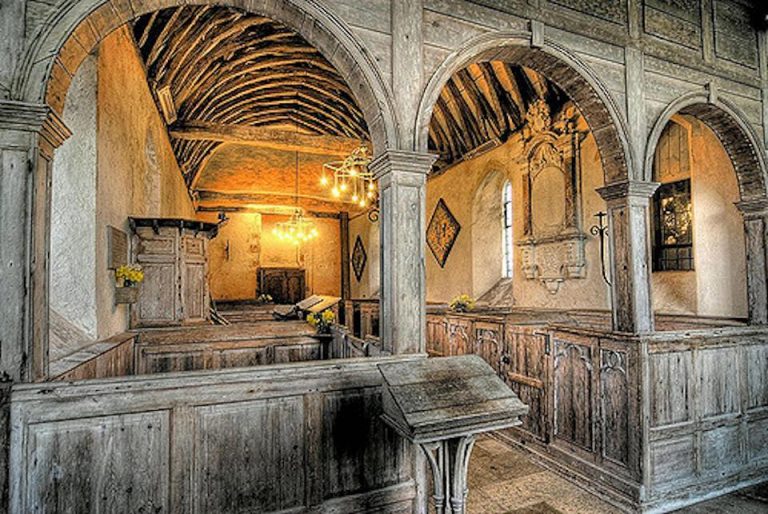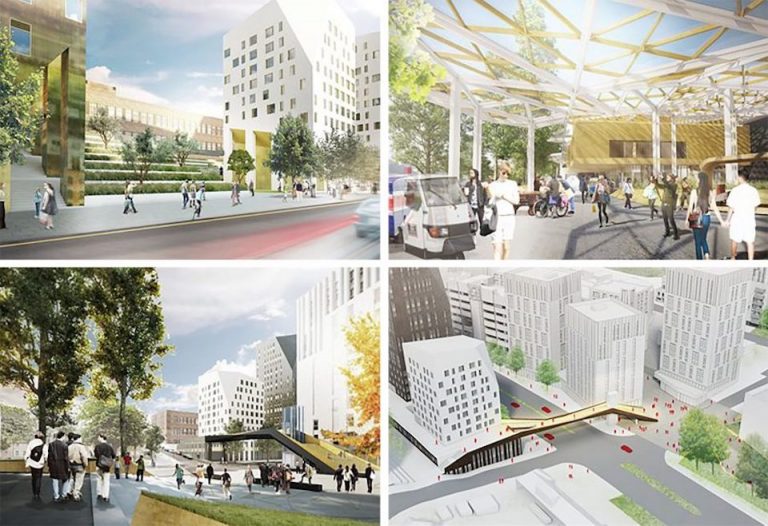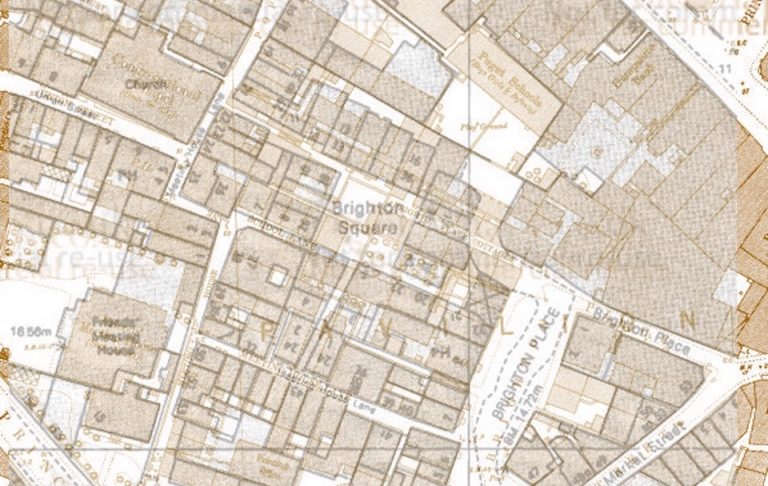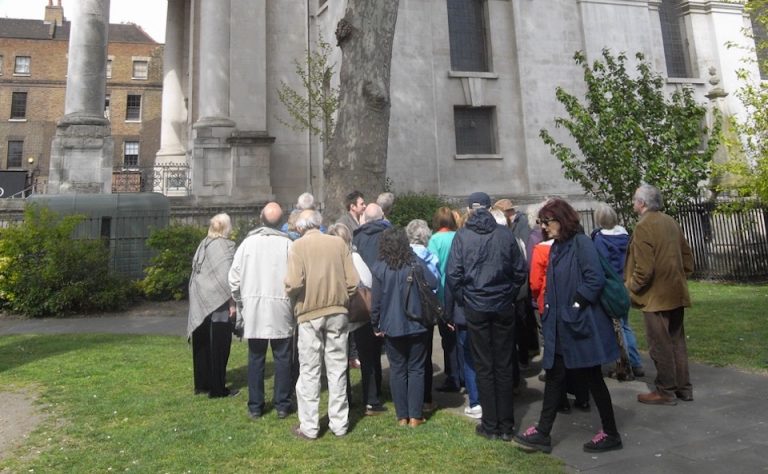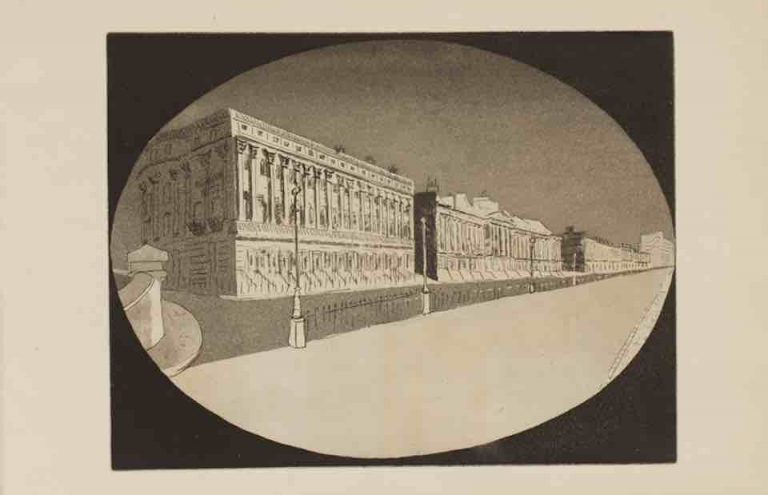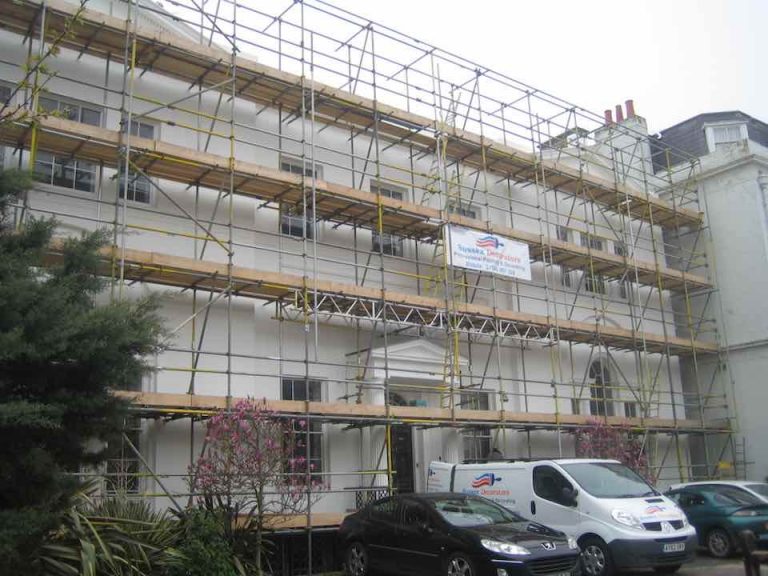After much careful thought the trustees of the Regency Society have decided to withdraw the society from Brighton and Hove City Council Conservation Advisory Group (CAG).
This is not a decision which has been taken lightly or easily: we have been associated with CAG since it was established and several society trustees have chaired it at various times.
The move is prompted by a recent incident when CAG’s representative on the Planning Committee seriously misrepresented the CAG’s agreed views about a major development.
CAG has provided the society with an important channel through which to pursue its primary objective of protecting and improving our city’s built environment. We will of course continue to pursue this objective through other means. We'll be reporting on this in due course as new arrangements develop.
Read our full account here. If you would like to express a view on this or any other issue the committee would be very pleased to hear from you. Please use the 'contact us' box on this site or send an email to Roger Hinton.
The illustration above shows an artist's impression of the plan for the development at Ellen Street which was the subject of misrepresentation at the Planning Committee. You can read more about the Regency Society's original response to this scheme here.

